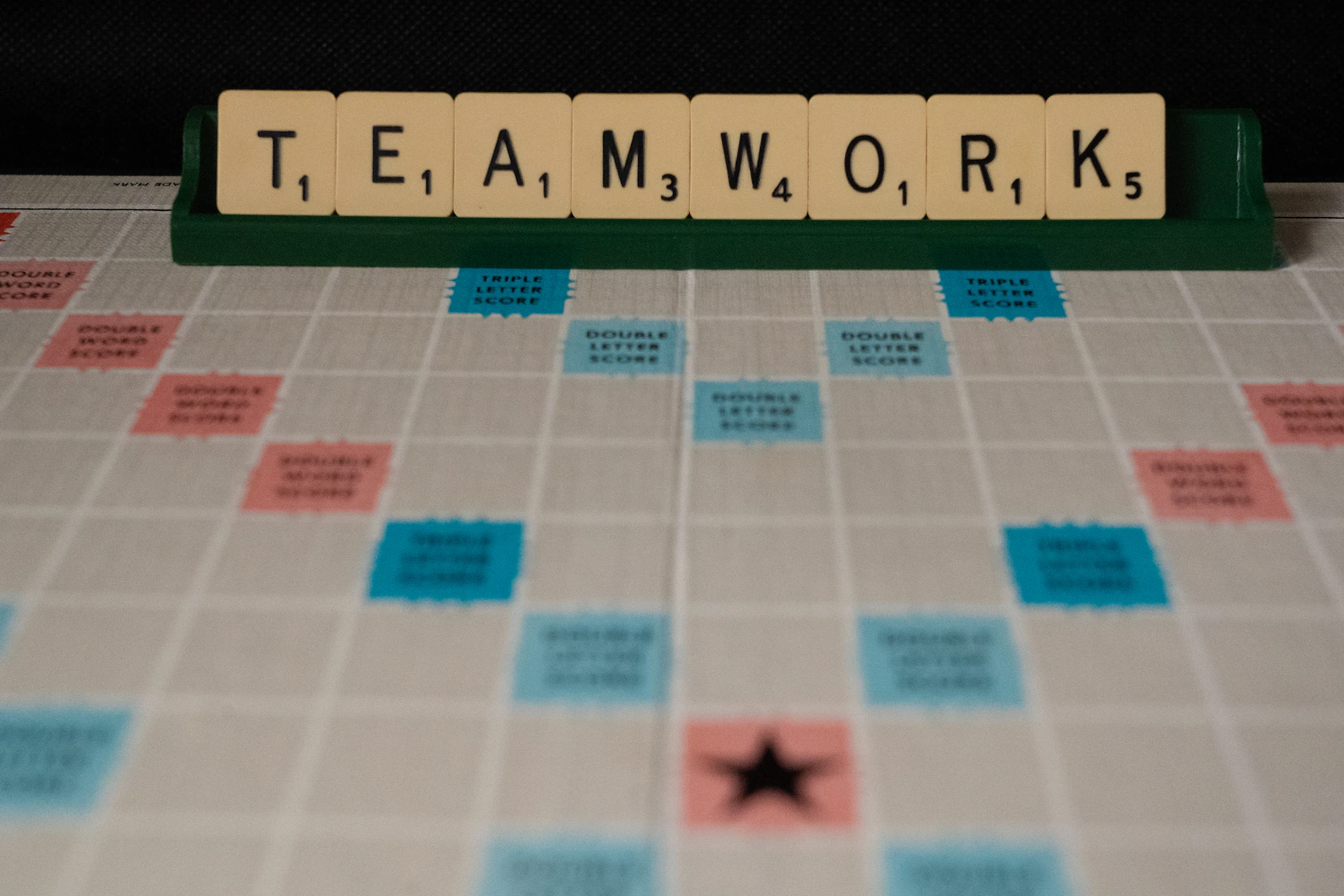Teamwork and productivity usually go hand in hand, especially since your work often depends on the work of others. This means that you need to trust your team and have great faith in their abilities. For leaders who want to give their teams a little boost, here are some strategies for a collaborative workplace that’s important to keep in mind.
1. Remote teambuilding
Loyalty to one’s team is what makes a lot of people stay and what makes them reluctant to leave unless another offer is great. People have their favorite coworker, their best friend in the workplace, or even their work spouse.
This is much harder to achieve when working remotely, and since there are more remote workers than ever, it becomes a greater priority than ever.
Normally, you build up this team unity through teambuilding activity, but this usually constitutes a mutual field trip, drinks after work, and more. This is impossible when your team is scattered across the globe.
You can incorporate casual chats, collaborative games, or creative remote employee engagement activities to help build connection and trust across locations.Today, however, this shouldn’t be as big of an obstacle as you believe.
Today, however, this shouldn’t be as big of an obstacle as you believe. People can meet up on camera, chat throughout their workday, and even play video games in multiplayer. As you can see, you have plenty of options; it’s just down to you to figure out how to integrate this into your remote team-building activities.
Keep in mind that the fact that you may be in different time zones could be an issue. Asking some people to log in at 3 a.m. can feel unfair. So, you should make a compromise. Try to figure out the best time to host such an event, explain that it’s non-mandatory, and ensure that it recurs (at different times) for fairness.
2. Planning for mobility
One thing you need to understand is that while there are some industries where traveling for work is common, there are some industries where this is part of the job.
One such example would be the construction industry, where you may have to relocate your entire field team to a location alongside specialists, equipment, and more. In some scenarios, you might have to set up temporary lodging for the field team while keeping them connected to the headquarters.
Another, perhaps even better, example is sports. An average sports team or athlete must travel for camps, competitions, and league games regularly, sometimes several times weekly. It’s not just an athlete but all their equipment, the rest of the staff (coaches, assistants, physical therapists, etc.), and everything needs to be punctual and comfortable. Who knows how many games/matches were lost due to jetlag?
The management of the sports team (or an athlete’s manager) must collaborate with athletes and travel agencies. Ideally, they would find an agency specializing in sports travel and get a direct deal with them. Many such agencies are out there, and TravelPerk is a solid choice.
From all of this, it’s more than clear that when it comes to a collaborative workplace, it doesn’t end with your organization. Outsourcing and teaming up with specialist agencies for a long-term collaboration can be just as effective.
3. Improving your HR processes
With any issue regarding your team, it always comes down to HR. They oversee talent acquisition and onboarding, training and development, and performance management. If there’s a conflict in the workplace, it’s your HR team that’s supposed to handle it. The problem is that so many processes go into their core responsibilities that tracking everything is hard.
Their job can become a lot easier with the right HR tool. You see, a good HR dashboard helps even a smaller HR team or department keep track of all the processes taking place simultaneously. An enterprise LMS can also simplify employee training and development by centralizing learning resources and tracking progress efficiently. Some of these dashboards are customizable to fit the needs of your business and industry. If you’re struggling to visualize this, just look up some HR dashboard examples to get a clearer picture.
Another thing you could do is outsource your HR. The majority of agencies are already doing this. It gives you a more resilient and scalable HR system and allows you to have quicker access to all these relevant HR functions.
If, on the other hand, you do decide to go the old-school way and start an in-house HR department, make sure to start with a few basic principles. First, hire the right people for the job. Second, invest in the right tool. Lastly, make sure your team approves of your HR. While it sometimes doesn’t appear so from the outside, it’s best when these HR processes are voluntary and consensual.
4. Pick the right project management tool
In an effective workplace, people can communicate in any way they like. However, not all of these methods are as safe, reliable, and transparent. Even worse, they’re not as productive and don’t leave as good of a digital footprint.
This is why you need the right project management software on your side. This way, your workload is organized simply and effectively. Most of the time, it’s organized into projects and to-do lists, with many people assigned to each project. This even improves access control (an organization and security feature).
Earlier on, we’ve mentioned a digital footprint as an important issue. Why? Well, because it helps with establishing responsibility and resolving conflict.
This question can start a workplace feud, and the longer it goes on, the more dug-in people become. Soon, things get personal, and even the person who’s clearly at fault feels pressured to defend their actions. If you could whip out the evidence during the first five seconds of the argument, the person apologizes without losing face.
Keep in mind that version control matters for far more than just determining who’s guilty. It’s a vital process that you can’t afford to overlook, and it can save you from a world of trouble; it’s essential for backups and version recovery.
5. Encouraging employee engagement
As a leader, you need to find a way to engage people more, and a few methods are known to give great results.
You need to start with clear communication. In other words, you need to tell your employees exactly what you expect of them. Not knowing if you’re doing your job right is a massive source of anxiety and may significantly hold you back. Also, even Sun Tzu (in The Art of War) said that if an order is unclear, the fault lies with the leader, not the subordinates.
You need to ensure that you don’t overwork them. Don’t incentivize asking them to stay late since their work-life balance also affects how long they’ll stay in your employ. Neglecting their personal life and being overworked will make them dissatisfied with their life and career. The accumulation of this dissatisfaction will erode their productivity and morale. You shouldn’t allow this to happen. Platforms like Woliba make it easier to support employee wellbeing by offering tools for goal tracking, engagement, and real-time feedback—all while helping you build a culture that values balance and growth.
You also want to set clear (and achievable) goals. You’re all in the same boat, but you need to point them in the direction where they should be rowing. This goal mustn’t be too simple (so that achieving it has meaning), but it shouldn’t be impossible because, no matter if you believe they’re there just for the paycheck, they still do care. Defeat always leaves a bad taste in one’s mouth.
Feedback goes both ways. While you must be honest with your employees, you also want to ask them for their opinions. Create a situation where they won’t be afraid to speak up.
Regular recognition—through team awards, peer shout-outs, or milestone celebrations—strengthens engagement and connection. Seasonal gestures can also be a powerful way to show appreciation; for example, surprise your team with unique employee gift sets (available from vendors like Successories) or organize fun activities such as Secret Santa. These moments make recognition even more meaningful, showing employees that their contributions are valued on a personal level, beyond daily tasks.
6. Flexible work arrangement
In today’s workplace, it’s completely possible to set up a flexible work arrangement. People can work from home or from the office, they can have deadlines or work hours, etc. This means that you can give people options to choose how they work (as long as the job gets done).
The thing is that flexible work arrangements are now becoming a standard, which means that you must keep up if you want to stay competitive in the job market. If a promising employee has a choice between you, who requires a 5-day presence at the office, and a firm that offers them a chance to work two days from home, who do you think they will choose? Ignoring this can make you miss out on the top talent.
Also, a flexible work arrangement allows everyone to choose how they want to work. This means that people have the option to pick the setting that they are the most productive. This is the optimal form of collaborative workplace customization.
Even with the best of intentions, your team needs the right conditions to perform admirably
There are so many ways you can help your team reach their peak productivity, and while figuring out how to work together should come intuitively, there’s always a way to give things a nudge in the right direction. So, make sure to encourage team unity, improve the structure of your business to encourage collaboration, and do all you can to meet your team halfway.
Published: October 19, 2023





